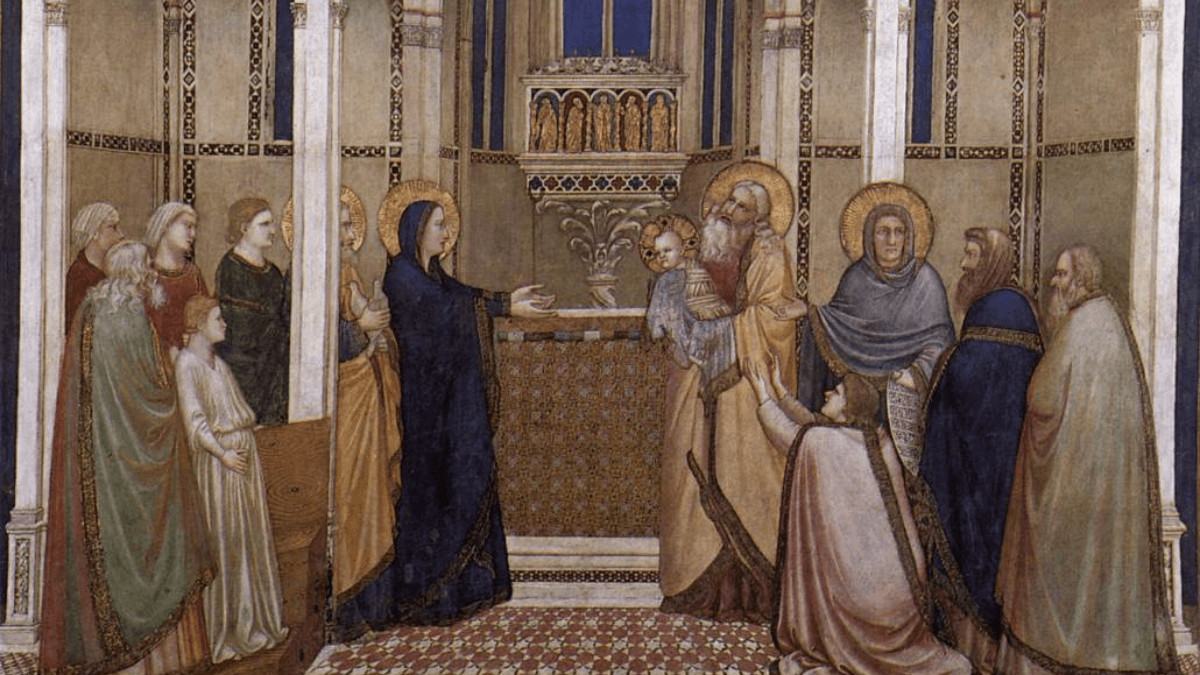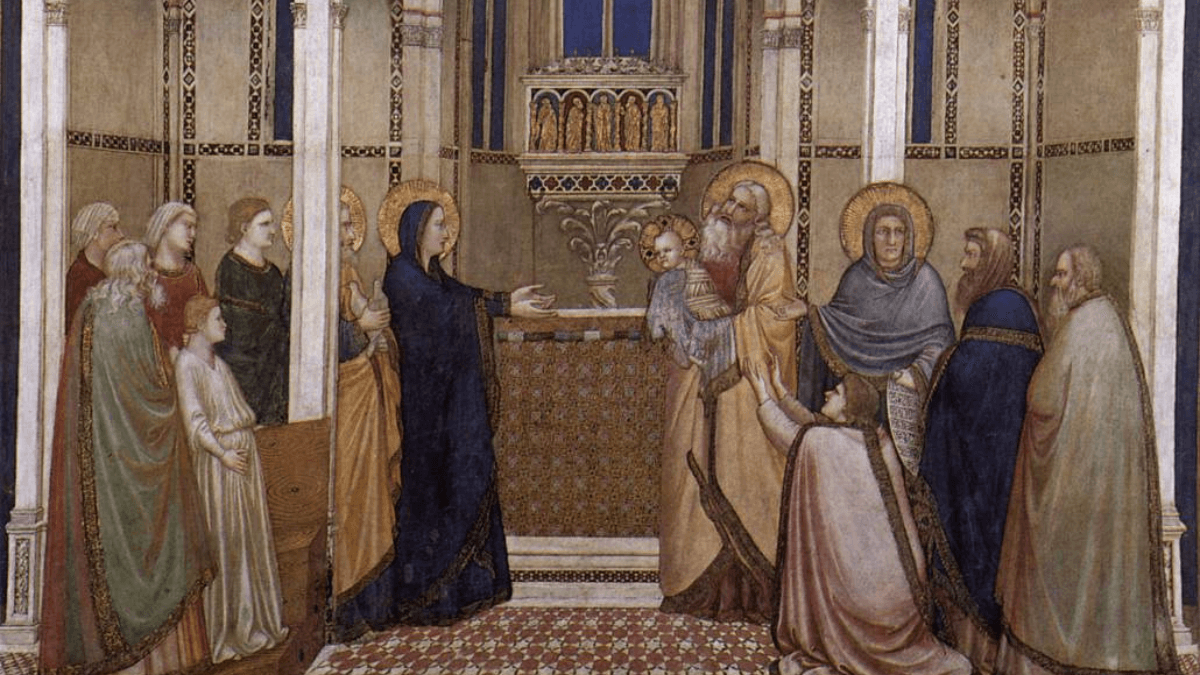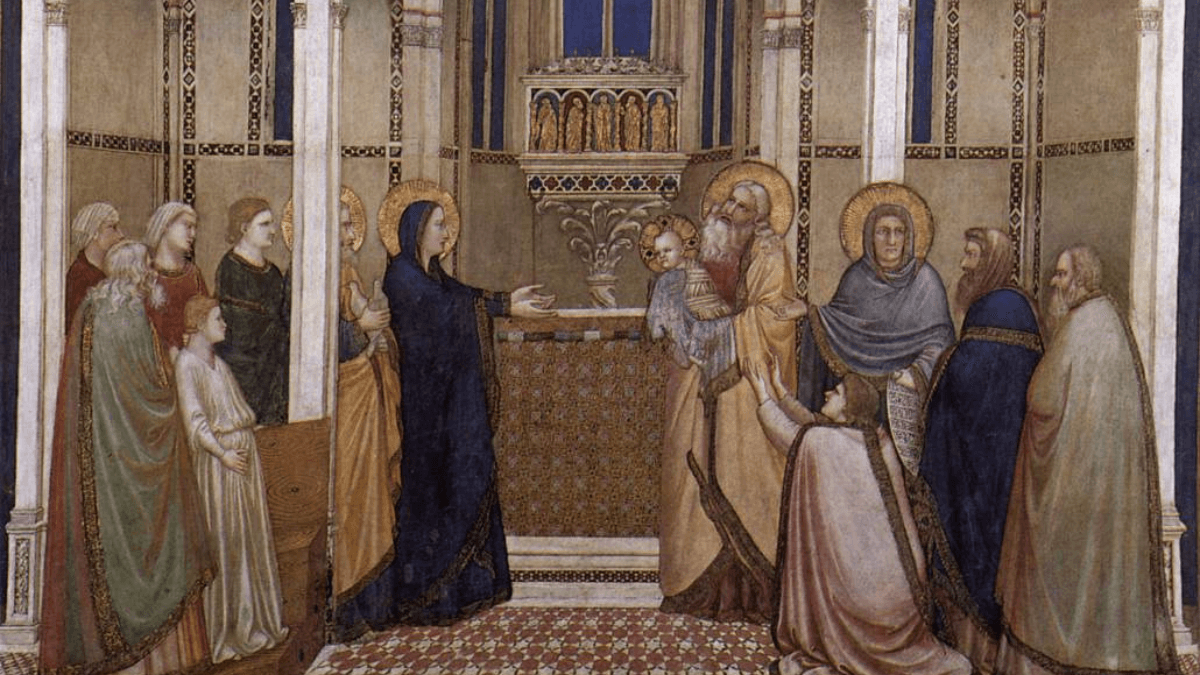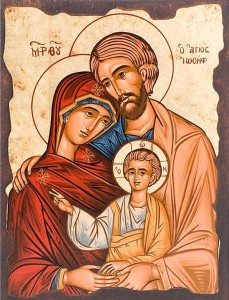“There was one Anna, a prophetess, the daughter of Phanuel, of the tribe of Asher (she was of a great age, having lived with a husband seven years from her virginity, and she had been a widow for about eighty-four years)” (vv. 36-37a). Luke often pairs a man and a woman. Here he pairs Anna with Simeon. Other male/female pairings include (Johnson, 56):
• Zechariah and Elizabeth (1:5-24).
• Mary and Joseph (1:26-38)—although Joseph is only briefly mentioned.
• Jesus heals a centurion’s servant (7:1-10) and a widow’s son (7:11-17).
• Jesus heals the Gerasene demoniac (8:26-39) and a little girl and a woman (8:40-56).
• Jesus heals a crippled woman (13:10-17) and a man with dropsy (14:1-6).
• Jesus tells of a shepherd who has lost a sheep (15:1-7) and a woman who has lost a coin (15:8-10).
• Jesus tells of a widow and an unjust judge (18:1-8).
• Jesus denounces the scribes (13:45-47), and praises a widow’s offering (14:1-4).
• Simon of Cyrene carries Jesus’ cross (23:26) and women beat their breasts and wail for Jesus (23:27).
• At the cross a centurion who sees Jesus’ death praises God and proclaims Jesus’ innocence (23:47). Women stand at a distance, “watching these things” (23:49).
• Joseph of Arimathea buries Jesus (23:50-54) and women attend to the body (23:55-56).
• Women discover the empty tomb (24:1-12) and Jesus encounters two men on the road to Emmaus (24:13-35).
These pairings reflect Luke’s uncommon regard for women in that patriarchal society.
READ MORE
© 1997-2023 Richard Niell Donovan























